When the latest Range Rover hit the market a year ago, Land Rover watchers wondered where that would leave the soon-to-land, all-new Range Rover Sport, based on the same chassis, suspension, engines and running gear. Would one model detract from the other?
But Land Rover’s design and engineering teams were even more aware than of the need to provide demarcation between the models, and they did it. The Sport is obviously a Range Rover in every fibre, but it is 15cm shorter and 250-300kg lighter, with some ‘wedge’ in the body to make it more dynamic.
Best of all, the cheapest TDV6 costs £20k less than the cheapest ‘full-fat’ Range Rover, so the Sport’s previous role as a slightly more affordable (but barely less prestigious) route into Range Rover ownership has, if anything, been enhanced.
Land Rover’s designers have refused to skimp on two things in particular. One is height. There are plenty of prestigious SUVs on offer these days, but Range Rovers are still pre-eminent in providing a ‘command’ driving position. The Sport has that magic combination of high seat/huge screen/low waistline/panoramic view of the bonnet that every Range Rover has had since 1970. The other is design sophistication.
Styling boss Gerry McGovern has led a push upmarket and there’s absolutely nothing about the Sport’s design or materials quality that makes it a lesser machine than its big brother. Same goes for the base TDV6 diesel, with 254bhp, and the 503bhp top-end supercharged 5.0-litre petrol V8 offered in both models. The differentiation comes with mid-spec diesels: the Sport has a higher-output SDV6 with 288bhp, while the bigger Rangie offers a 308bhp 4.4-litre diesel V8.
Most beguiling, we believe, is the near-basic 254bhp TDV6, because the car’s weight advantage tells in its brisk performance and agility. The mix of quicker-geared steering, slightly firmer springing and damping, less mass and slightly more compact dimensions make this a quicker-turning Range Rover. The difference is obvious on twisting roads. Devotees of the bigger model will make much of the fact that the Sport is a little less composed on typical UK horror surfaces but it still sets a high standard.
One more thing differentiates the the models: the Sport’s seven-seat capability. Three rows of seats may not seem especially sporting, but it’s supposed to emphasise that, whereas the ‘big’ Rangie is all luxury, the Sport is more family-oriented. Orders for both continue to run at record levels, which seems to prove that buyers have received the message.
Log on to Autocar.co.uk again tomorrow where we'll continue our rundown of the best cars of 2013.

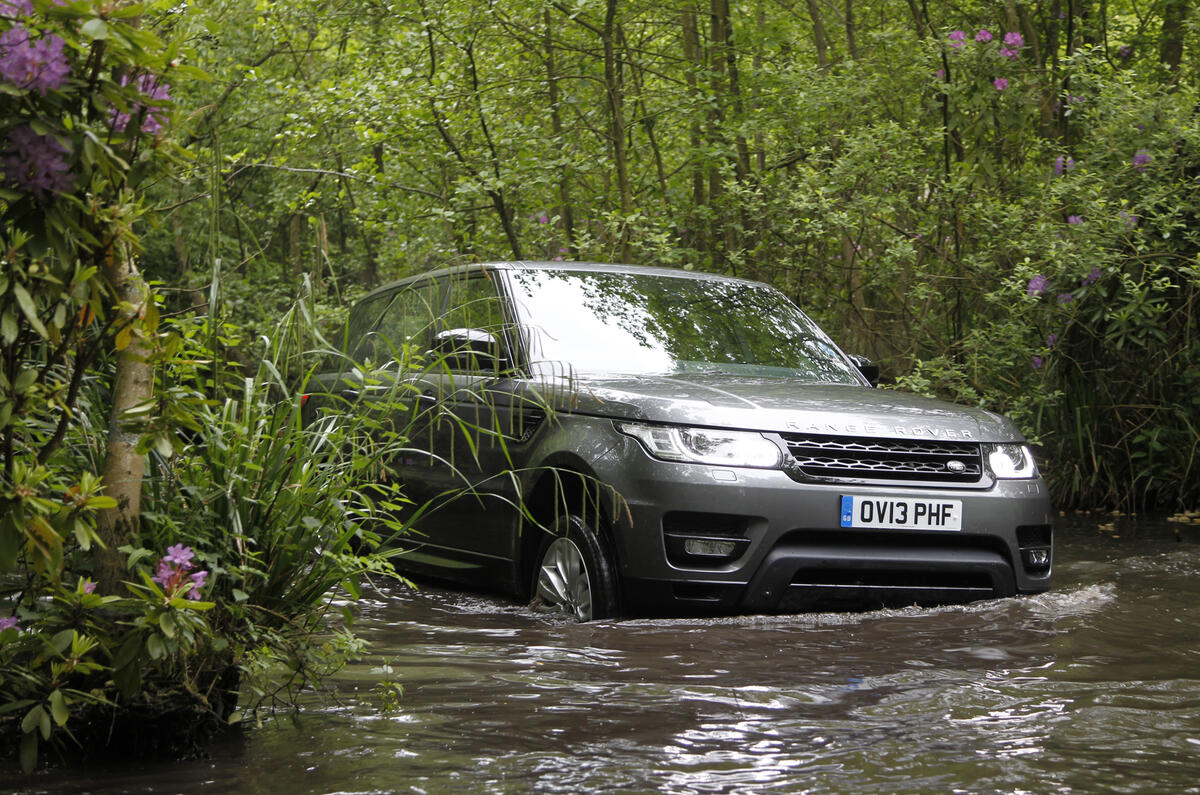
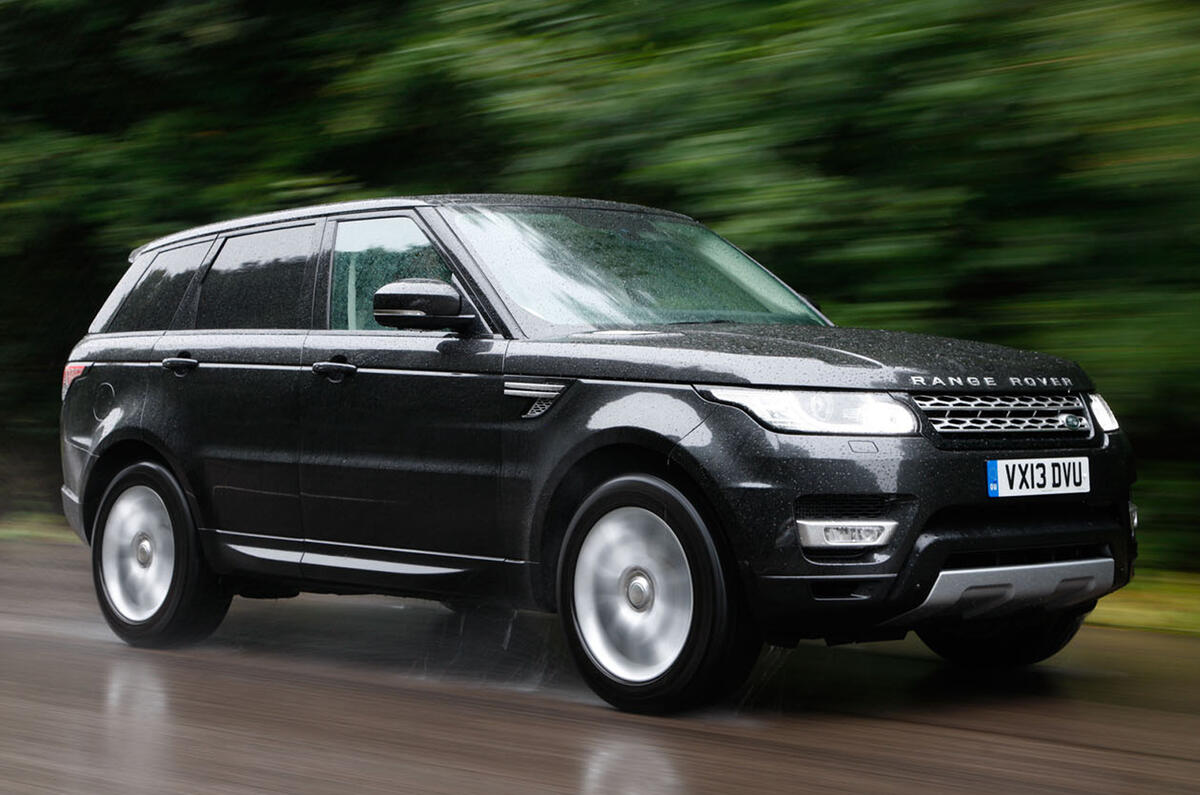
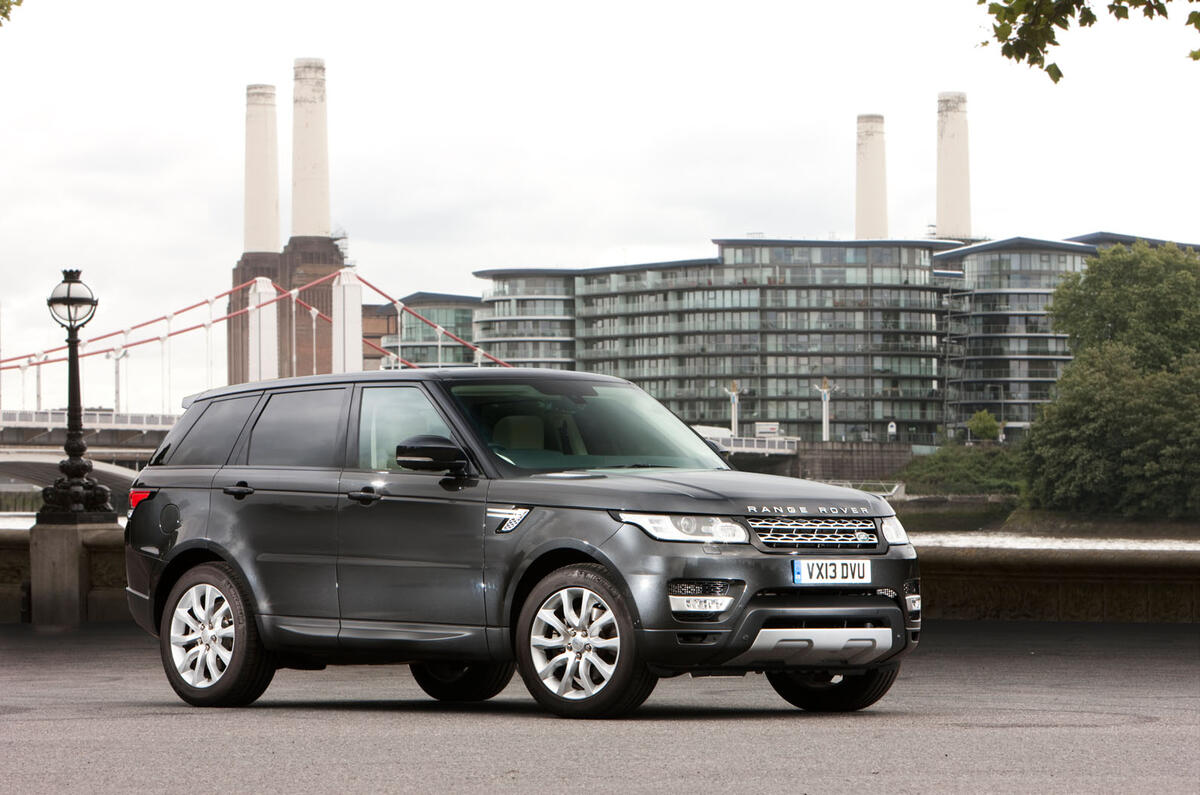

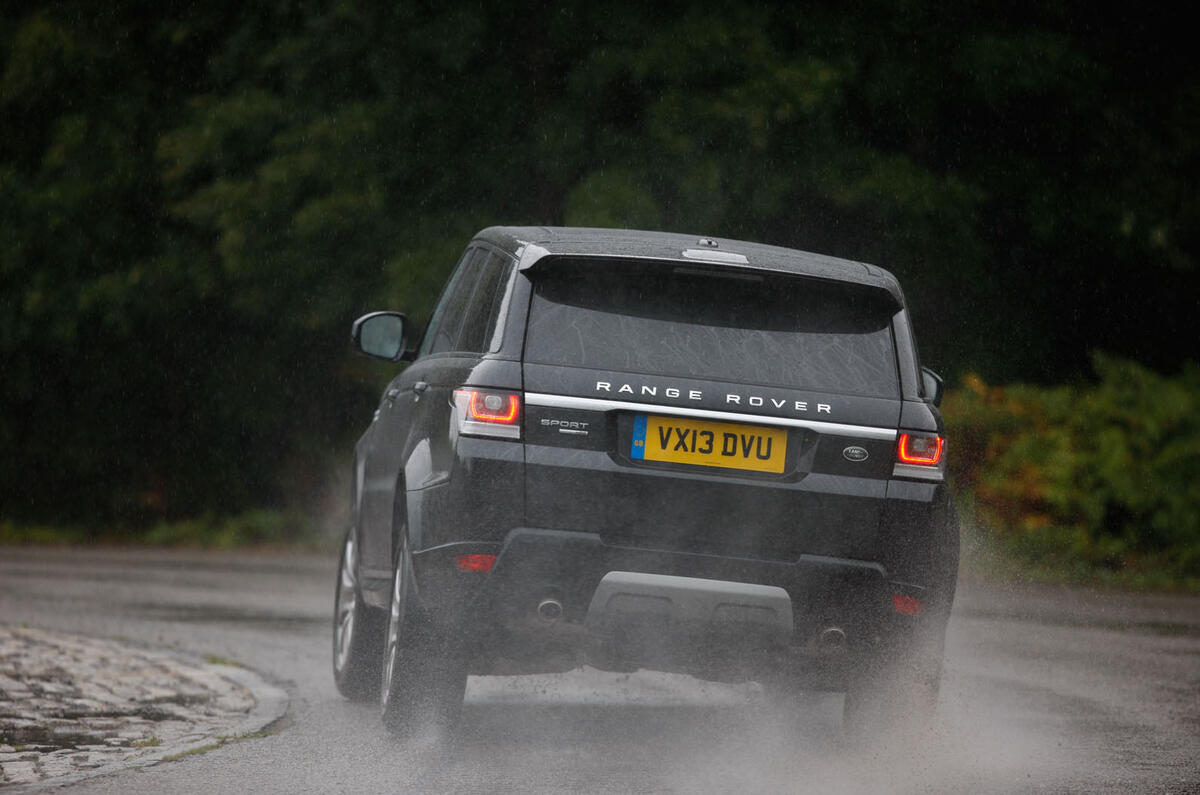
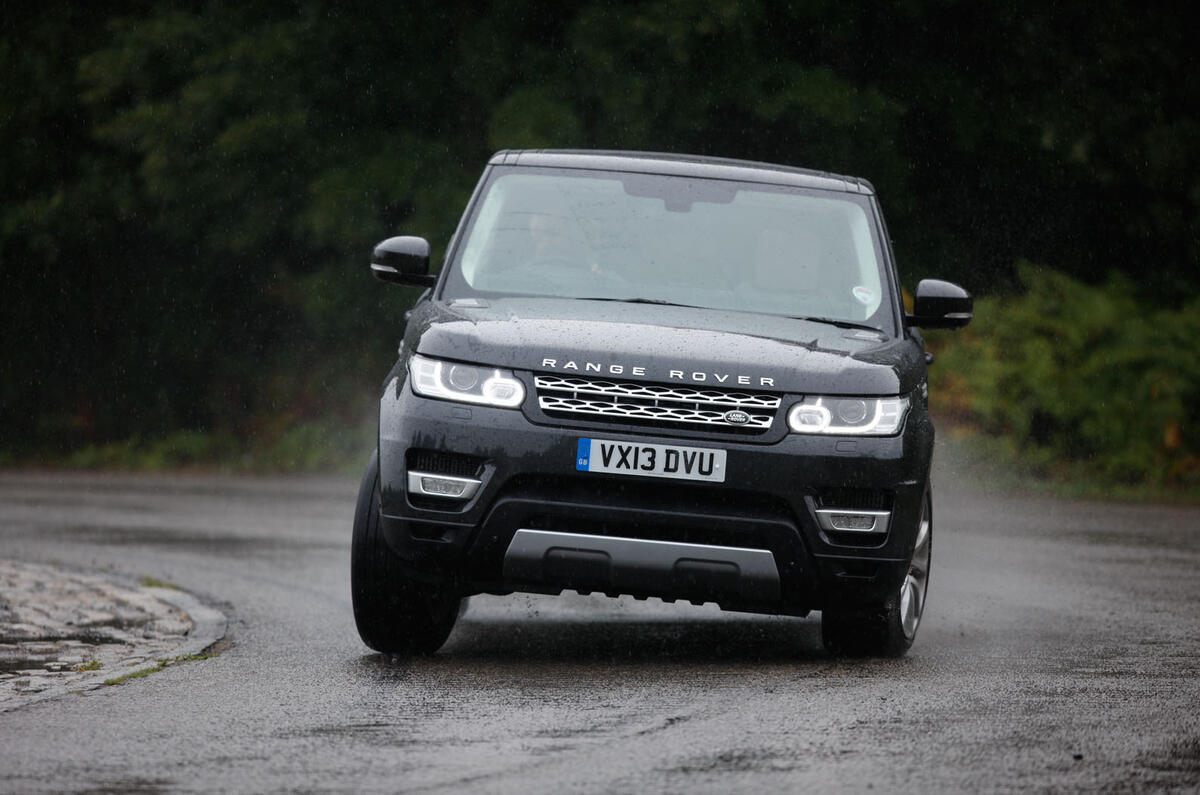
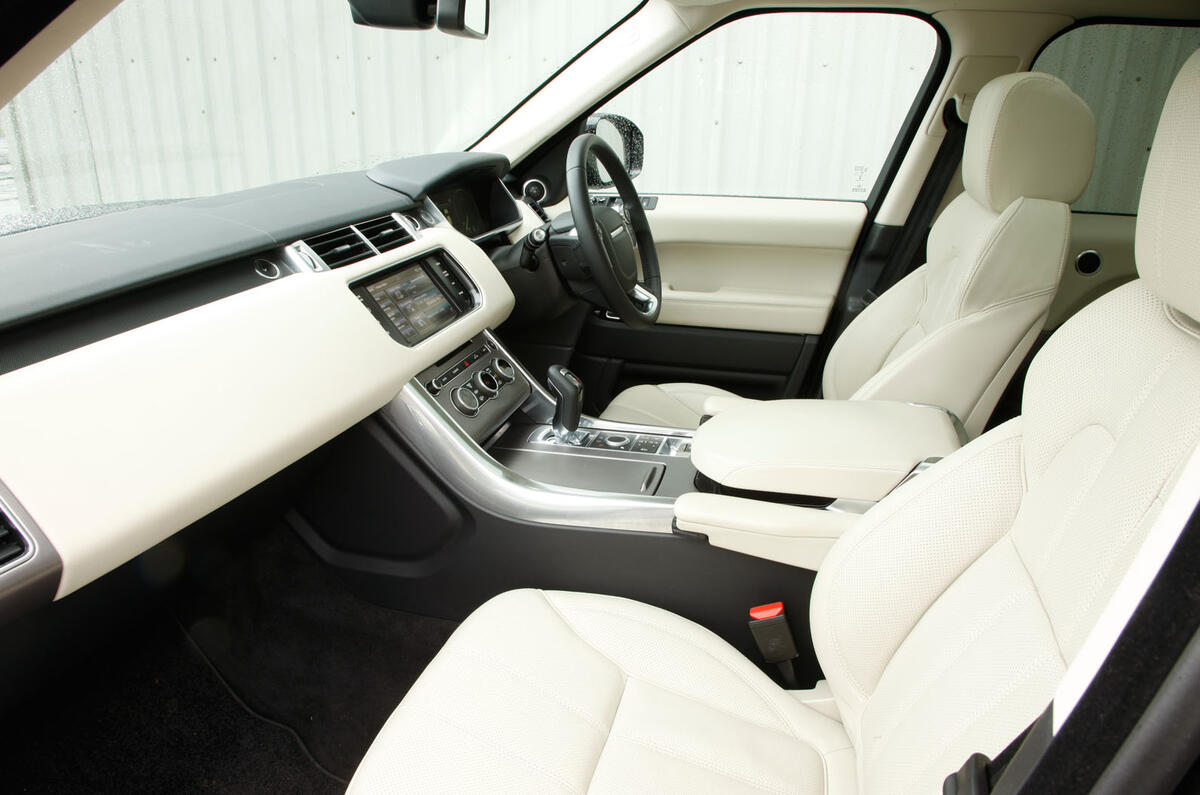
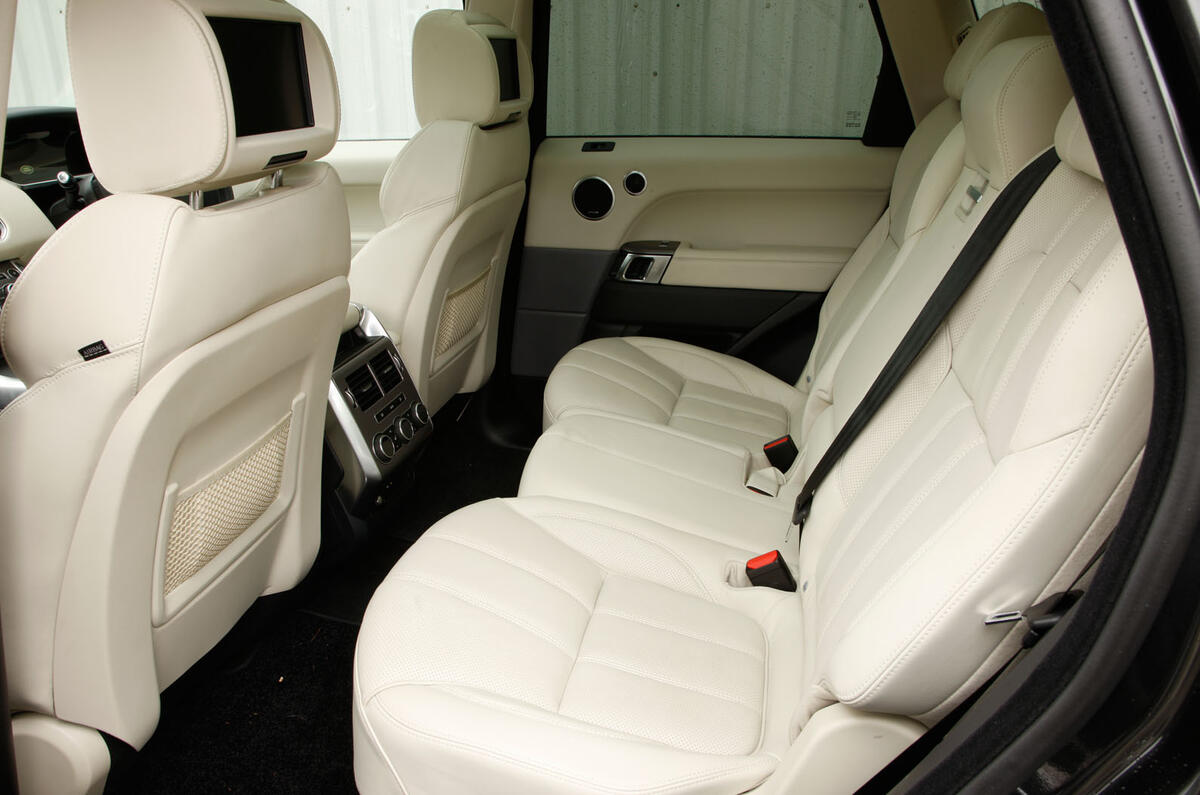
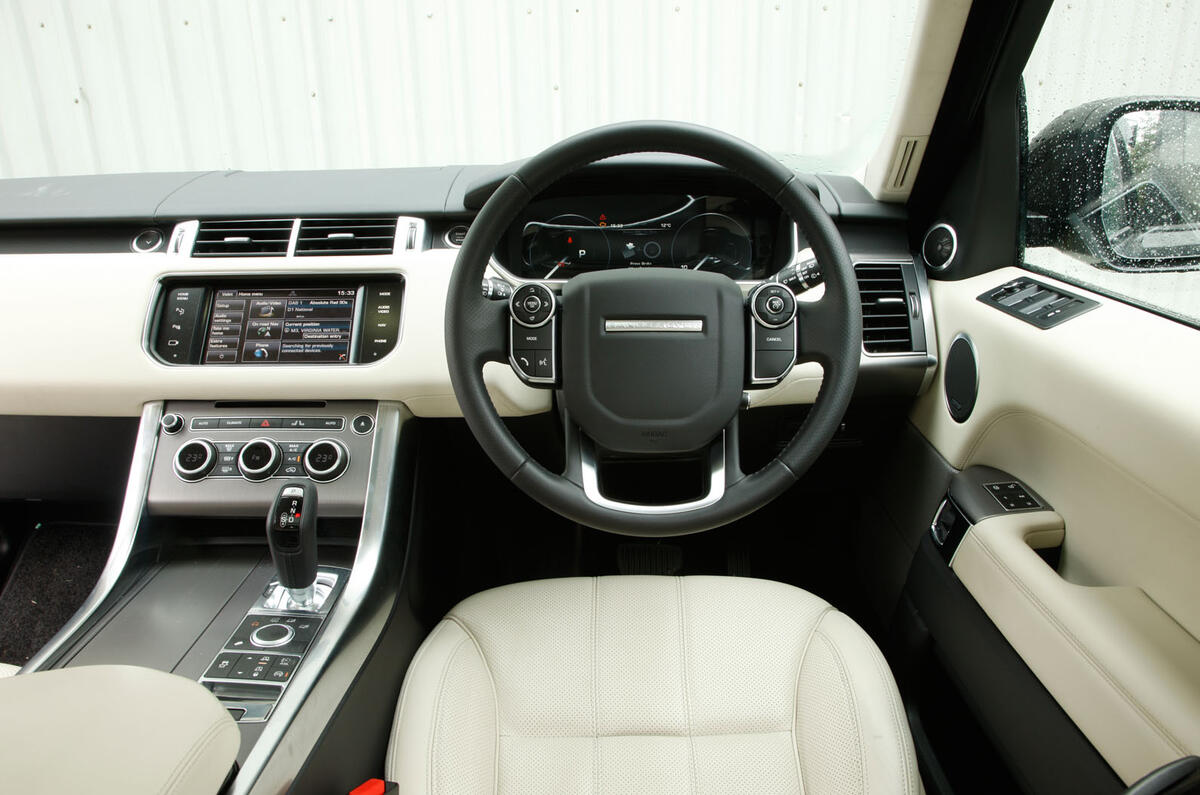
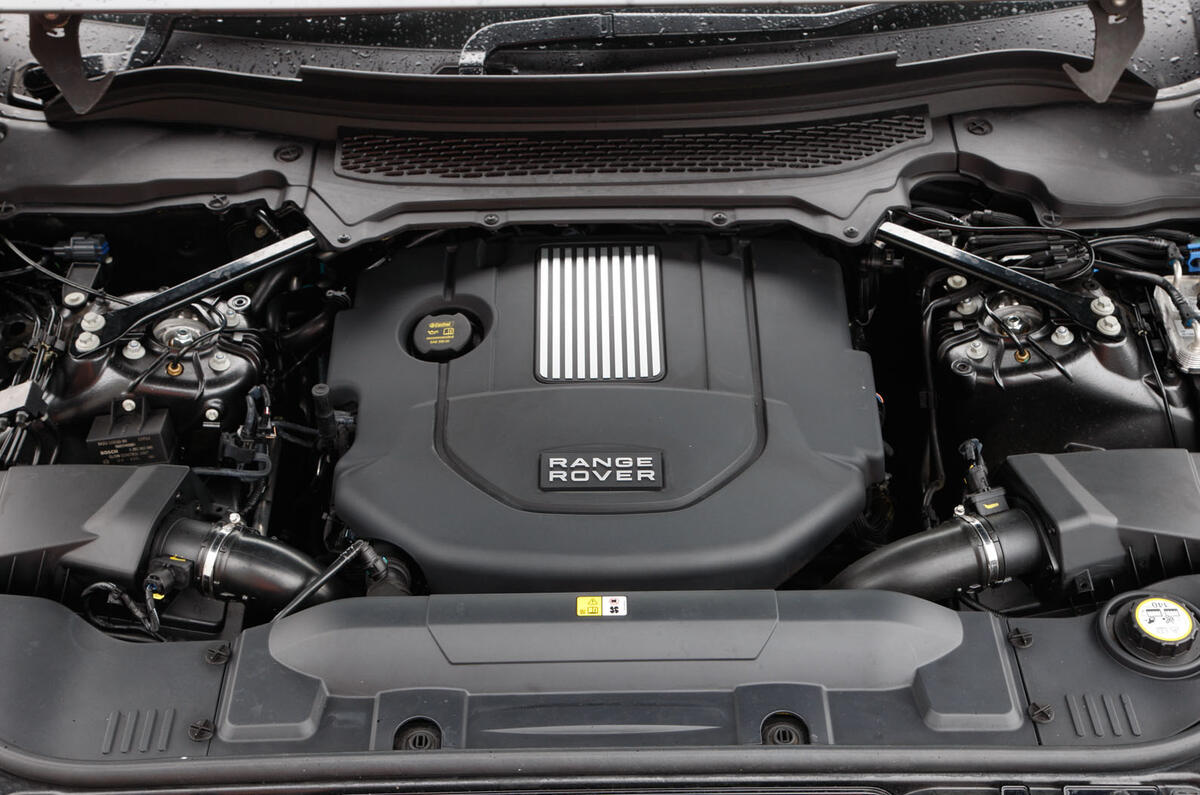


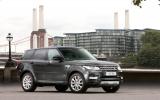
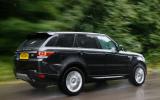
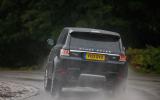
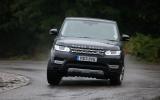
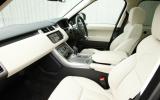
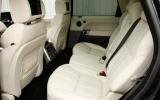
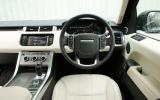
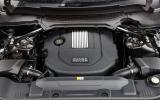






Join the debate
Add your comment
Appealing Combination